Gender affirmation is a personal journey that can involve social, behavioural, medical or surgical changes in order to harmonise inner and outer gender identity.
Understanding gender affirmation

Gender affirmation or gender transitioning is the process of aligning one’s external life, including appearance, behaviour, and social interactions, with their internal sense of gender identity (1). This journey is deeply personal and can look different for every individual.
For some, it may involve adopting a new name or pronouns, altering one’s style of dress, or modifying speech patterns. For others, it may include medical support such as hormone therapy or gender-affirming surgeries (2).
Many people engage in a combination of these steps, while others may choose not to pursue any hormonal or surgical interventions at all. All approaches to transitioning are valid and deserve respect.
A key component of gender affirmation is what is commonly called social transitioning. This includes actions such as asking others to use correct names and pronouns, changing clothing or hairstyle, and coming out to friends, family members, or colleagues (2,3).
While these steps may appear minor to those outside the trans and non-binary communities, they can be profoundly affirming and empowering for the individual. Social transitioning often represents a crucial step in living authentically and being recognised in one’s affirmed gender (4).
Understanding ‘gender dysphoria’

Dysphoria is a word that generally describes a feeling of discomfort, distress, or unease. For some trans people, this feeling is connected to their gender, their bodies, or how others see and treat them (5). When this kind of discomfort is related to gender, it is often called gender dysphoria.
In 2013, the term gender dysphoria was officially added to the fifth edition of the Diagnostic and Statistical Manual of Mental Disorders (DSM-5) by the American Psychiatric Association (6). Many viewed this change as a step forward, because it shifted attention away from a person’s identity and instead focused on an experience some people have. Rather than seeing being trans as something that needed to be fixed, the focus became about recognising and responding to real emotional distress.
However, this also created a misunderstanding—that all trans people must experience dysphoria in order to be recognised as truly trans. This is not the case. Not every trans person experiences gender dysphoria, and those who do, experience it in different ways (1). For some, the feelings can be very strong and affect many areas of life. For others, the feeling may not be present at all. It can also change over time, especially during or after gender-affirming care (7).
There is a difference between being diagnosed with gender dysphoria and experiencing gender dysphoria as a feeling. The diagnosis is a medical label used by healthcare professionals, and it reflects how trans people have historically been seen and treated by the medical field. On the other hand, the emotional experience of dysphoria can be better understood as something influenced by society. Experiences such as being misgendered, facing barriers to healthcare, or having others make assumptions can increase this sense of discomfort or distress (7,8).
Gender dysphoria can manifest in many ways, including sadness, anxiety, anger, or restlessness. Some people may feel uncomfortable in their bodies or feel like parts of themselves are missing. Others may feel deeply unhappy or unsettled. These feelings are personal, unique, and often complex (7).
What are the steps towards gender affirmation?

Some trans people choose to take hormones as part of their gender affirmation journey. This is often called hormone replacement therapy (HRT) or gender-affirming hormone therapy (GAHT). For trans women (or transfeminine people), this might include taking oestrogen and androgen blockers. For trans men (or transmasculine people), it usually involves taking testosterone (9). People who identify as non-binary can use hormones too. Hormones can cause changes like a deeper voice, breast development, fat redistribution, or increased facial/body hair (2,7).
Hormones can help people feel more comfortable in their bodies, but not everyone wants to take them, and not everyone can, due to personal, medical, or depending on what country they are in, financial reasons.
Some trans people choose to take hormones as part of their gender affirmation journey. This is often called hormone replacement therapy (HRT) or gender-affirming hormone therapy (GAHT). For trans women (or transfeminine people), this might include taking oestrogen and androgen blockers. For trans men (or transmasculine people), it usually involves taking testosterone (9). People who identify as non-binary can use hormones too. Hormones can cause changes like a deeper voice, breast development, fat redistribution, or increased facial/body hair (2,7).
Hormones can help people feel more comfortable in their bodies, but not everyone wants to take them, and not everyone can, due to personal, medical, or depending on what country they are in, financial reasons.
Feminising hormones
Trans women and some non-binary people may take oestrogen and anti-androgens (medications that block testosterone). The goal is to reduce the effects of testosterone and promote the development of more typically feminine traits (9).
Some of the changes that can happen include (2):
- Softer skin and body fat redistribution (more around the hips, thighs, and chest)
- Breast growth (though usually not as much as in cis women)
- Slower hair growth and less facial/body hair over time
- Decreased muscle mass and strength
- Reduced sex drive and changes in sexual function
It is important to know that oestrogen doesn’t change the voice. This is why some trans women may pursue voice training or consider voice surgery if they want a higher vocal pitch.
Masculinising hormones
Trans men and some non-binary people may take testosterone to develop more masculine traits. This can be done through injections, patches, gels, or other methods (9).
Common changes include (2):
- A deeper voice (this is often permanent, even if testosterone is later stopped)
- Increased facial and body hair
- Fat redistribution (more around the stomach)
- Increased muscle mass
- Cessation of menstruation (periods usually stop within a few months)
- Increased libido and changes in sexual function
Testosterone can also cause clitoral growth and acne may increase, especially in the early stages.
Hormone therapy is usually supervised by a healthcare practitioner who can monitor hormone levels, overall health, and possible side effects (like blood pressure or cholesterol changes). It’s a long-term process, and changes can take months or even years to fully develop (2).
Surgery
Some people also choose to have surgery as part of their transition or gender affirmation process. These are known as gender-affirming surgeries. They can include things like top surgery (chest reconstruction or breast augmentation), bottom surgery (such as phalloplasty, metoidioplasty, or vaginoplasty), facial feminisation surgery, or voice surgery (2).
Again, not everyone wants or needs surgery. For many trans people, surgeries can greatly improve their mental health and sense of wellbeing, but for others, their transition is complete without any medical procedures at all. It’s also worth mentioning that access to these surgeries can be difficult due to cost, long waiting lists, or lack of nearby specialists.
Herbal support
What really matters is that people have the freedom and support to make the choices that feel best for them. Some people transition early in life, others later, many are continually transitioning. Some do so quietly, others more publicly. Some want to affirm their gender medically, and others socially or emotionally. Herbal medicine and herbalists can offer much support to help those who are in the process (10).
For individuals taking oestrogen (with or without antiandrogens), herbal support may focus on circulatory health and mood balance (11). Herbs that have a strong action on the liver should be avoided as they can decrease the efficacy of oestrogen, as it gets metabolised by the liver. Examples of liver herbs to be avoided when on oestrogen are milk thistle (Silybum marianum), schisandra (Schisandra chinensis) and large amounts of rosemary (Rosmarinus officinalis).

Testosterone therapy brings its own changes and potential side effects, such as acne, mood shifts, and changes in energy. Herbs can support the body during this transition in various ways. One herb that can increase testosterone levels slightly is ashwagandha (Withania somnifera). Ashwagandha helps with the stress response and can also be useful for people on feminising hormones to balance (increase) libido, without decreasing the effects of oestrogen (11).
For skin and acne support, people can take burdock root (Arctium lappa), as it supports detoxification and can help with hormone-related acne, marigold (Calendula officinalis), as a powerful anti-inflammatory with lymphatic properties, and thyme (Thymus vulgaris) with echinacea as anti-infectives, to stop the reproduction of the bacteria P. acnes (12).
When people are taking hormones, particularly oestrogen, offering circulatory support is important as oestrogen slightly increases the chances of having a blood clot (11). Examples include hawthorn (Crataegus spp.) as it supports cardiovascular health as a cardiac trophorestorative. Ginkgo (Ginkgo biloba) can also be good because it has an antiplatelet action and it enhances circulation. It can also support cognitive function and mood (13). Examples of peripheral circulatories include prickly ash, ginger or chilli.
The gender affirmation journey can be a time of emotional highs and lows. There are many options for supporting mental health gently. Choosing calming herbs and herbs to nourish the nervous system is recommended (11). Some of these herbs include lemon balm (Melissa officinalis) to reduce anxiety and mood swings, passionflower (Passiflora incarnata) if there is restlessness particularly associated with insomnia, and skullcap (Scutellaria lateriflora), to bring down stress, irritability and anxiety. Other herbs that are useful in cases of insomnia are chamomile (Matricaria chamomilla) and lavender (Lavandula angustifolia). Chamomile is calming and can help with sleep. It particularly helps to calm down an overactive digestive system. Lavender is relaxing and can relieve anxiety and emotional tension (14).
Adaptogens can also be useful, as they can help the body adapt to stress. Holy basil (Ocimum sanctum) is uplifting and grounding, and it supports clarity and improves the stress response. Siberian ginseng (Eleutherococcus senticosus) and Asian ginseng (Panax ginseng) strengthen resilience and reduce fatigue (15, 16).
Phytoestrogenic herbs can also have their place. These are herbs that contain plant-based oestrogens, and whilst they are not substitutes for GAHT, and there is no herbal substitute for hormone replacement therapy, some transfeminine people do choose to use them when hormonal therapy is not accessible or out of choice. Herbs with phytoestrogens like red clover (Trifolium pratense) and liquorice (Glycyrrhiza glabra) root (11).
Holistic support
- Counselling or therapy: Affirming therapists can provide a safe space for exploring identity, managing dysphoria, and working through trauma or anxiety (2,7).
- Peer support: Connection with other trans and non-binary people through support groups or online communities can reduce isolation and foster belonging.
- Identity affirmation: Practices that affirm one’s gender, such as self-affirmation exercises or mirror work, support confidence and self-love.
- Clothing and presentation: Access to gender-affirming clothing, binders, gaffs, tucking or packing tools, and grooming supplies can help people feel more aligned with their gender (2,7).
References
- Chen D, Hidalgo MA, Leibowitz S, et al. Multidisciplinary care for gender-diverse youth: A narrative review and unique model of gender-affirming care. Transgend Health. 2016;1(1):117-123.
- Trans Hub. https://www.transhub.org.au/ Accessed April 5, 2025.
- Planned Parenthood. What Do I Need to Know About Transitioning? https://www.plannedparenthood.org/learn/gender-identity/transgender/what-do-i-need-know-about-transitioning Accessed April 5, 2025.
- Pflugeisen CM, Boomgaarden A, Denaro AA, Konicek D, Robinson E. Patient empowerment among transgender and gender diverse youth. LGBT Health. 2023;10(6):429-438.
- Atkinson SR, Russell D. Gender dysphoria. Aust Fam Physician. 2015;44(11):792-796.
- American Psychiatric Association. Diagnostic and Statistical Manual of Mental Disorders. 5th ed. Arlington, VA: American Psychiatric Publishing; 2013.
- Mermaids UK. https://mermaidsuk.org.uk/. Accessed April 5, 2025.
- Cooper K, Russell A, Mandy W, Butler C. The phenomenology of gender dysphoria in adults: A systematic review and meta-synthesis. Clin Psychol Rev. 2020;80:101875.
- D’hoore L, T’Sjoen G. Gender‐affirming hormone therapy: an updated literature review with an eye on the future. J Intern Med. 2022;291(5):574-592.
- Galentin EG. Exploring the role of the clinical herbalist in supporting gender affirmation, expression, and fluidity. J Am Herb Guild. 2017;15(2):25-34.
- Midnight D. Holistic health for transgender & gender variant folks. https://www.berkeleyherbalcenter.org/wp-content/uploads/2020/05/Midnight_D_Transgender_Care.pdf Accessed April 5, 2025.
- Azimi H, Fallah-Tafti M, Khakshur AA, Abdollahi M. A review of phytotherapy of acne vulgaris: Perspective of new pharmacological treatments. Fitoterapia. 2012;83(8):1306-1317.
- Bone K, Mills S. Principles and Practice of Phytotherapy: Modern Herbal Medicine. Elsevier Health Sciences; 2012.
- Thomsen M. Phytotherapy Desk Reference. 1st ed. 2001.
- Hartz AJ, Bentler S, Noyes R, et al. Randomized controlled trial of Siberian ginseng for chronic fatigue. Psychol Med. 2004;34(1):51-61.
- Arring NM, Millstine D, Marks LA, Nail LM. Ginseng as a treatment for fatigue: A systematic review. J Altern Complement Med. 2018;24(7):624-633.




























